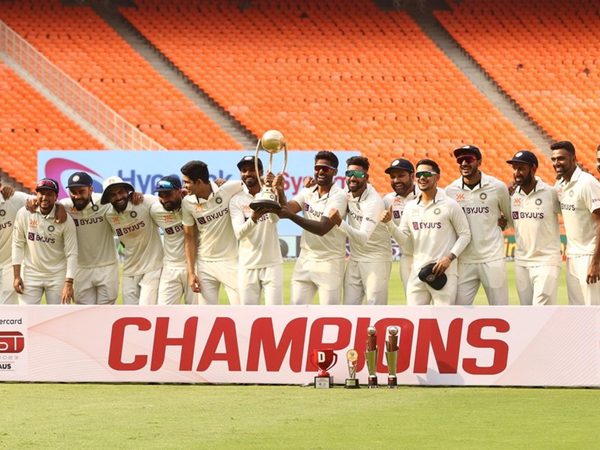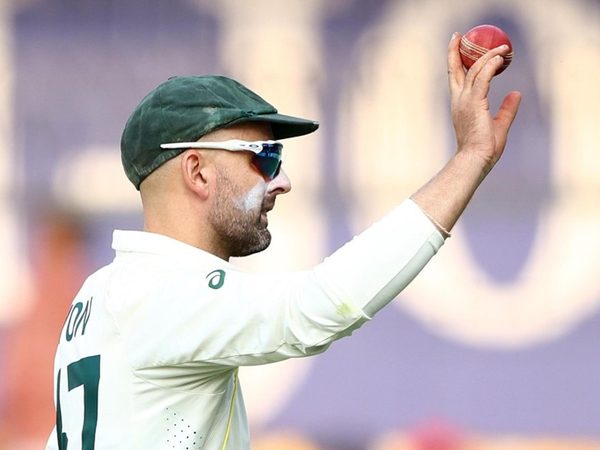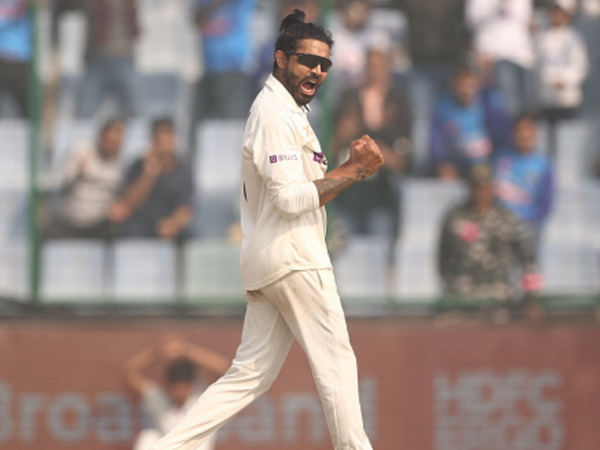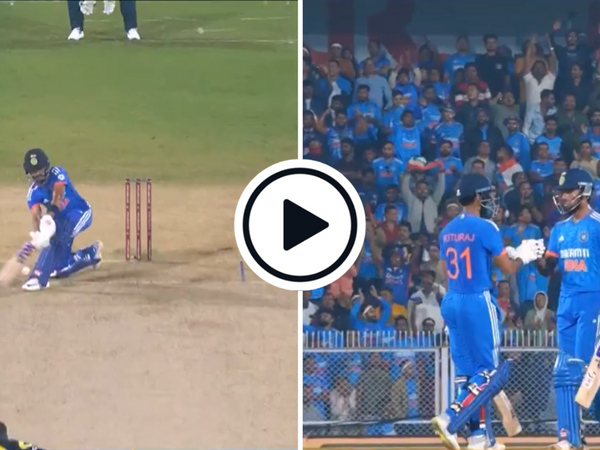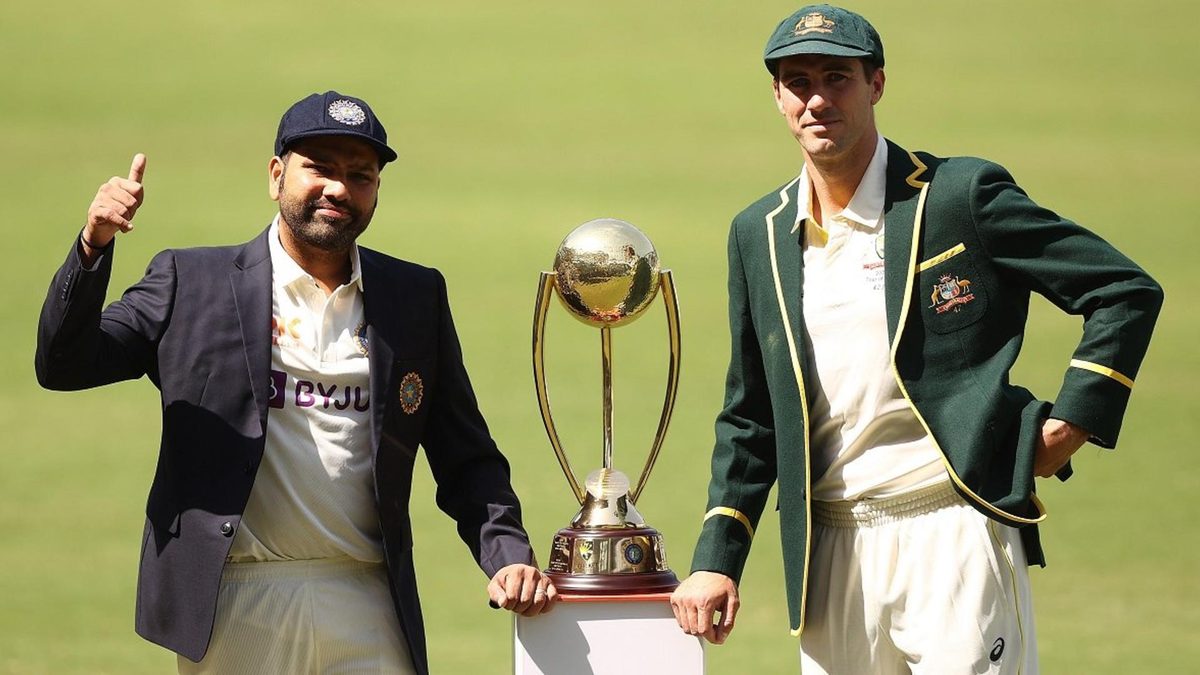
As the 2022/23 Border-Gavaskar Trophy is set to get underway, Abhishek Mukherjee discusses some strategies and selectorial decisions that may turn out to be decisive in the series.
India’s third spinner
While it can be safely assumed that R Ashwin and Ravindra Jadeja will play in Nagpur, the third spinner remains a contention. Kuldeep Yadav (34 wickets at 21.55) would have walked into most other sides, but here, he has to compete with Axar Patel (52 wickets at 14.29). On Indian soil, Axar’s average drops even more, to 12.43.
What may really clinch the deal in his favour is India’s reluctance to back slow wrist-spinners – Anil Kumble was anything but conventional – over a sustained period of time. Finger-spinners are more accurate, and on Indian soil, they bowl with the SG, which keeps them in the game for longer.
One may argue that Kuldeep’s stock ball leaves the left-hander – Australia do have an army of them – but Axar averages 23 against southpaws, a number comparable to Kuldeep’s 19.23. Against right-handers, Axar holds a significant edge (11.31 to 22.90).
Axar’s batting is likely to be key as well, especially because India will play five batters followed, and KS Bharat (or Ishan Kishan) is no Rishabh Pant.
Australia’s second spinner
Todd Murphy, if Australia want to take 20 wickets. Alternately, if they want to trim their tail to a bare minimum and save the Test, Ashton Agar.
From four Test matches in Asia last year, Mitchell Swepson took 10 wickets at 45.80 apiece, and followed that with 12 more at 39.67 apiece in this season’s Sheffield Shield. Recalled to Test cricket earlier after more than five years, Agar took 0-58, and his nine wickets from five Tests have come at 52. Even in first-class cricket, his average (42.21) is worse than Swepson’s 35.54.
That brings us to the uncapped off-spinner Murphy, whose first-class bowling average (25.20) is far superior to that of the other two, or even Nathan Lyon’s 33.53. The only problem with that is Australia will end up playing two off-spinners for the first time in 35 years – a decision that may backfire against an Indian line-up full of right-handers.
India’s No.5
India ran out of middle-order batters the last time they played Australia, in Brisbane in 2020/21, and were forced to slot opener Mayank Agarwal at No.5 (the other available option was Prithvi Shaw, also an opener). With Shreyas Iyer ruled out, they are likely to face a similar situation yet again.
Shubman Gill has been in terrific form in the shorter formats, but averages only 26.30 across six Test matches at home. He loves the ball coming on to the bat, and if he plays, he is likelier to open.
KL Rahul followed a stupendous 2021 with an ordinary 2022, but during Australia’s last tour of India, in 2016/17, he played Lyon better than anyone else, amassing six fifties in seven innings. There was a time when he was among the finest players of spin in India, but his form took a hit in 2022. His average at home (44.25), on he other hand, makes a compelling case.
Of course, India may not do either of these and back Suryakumar Yadav at No.5. In his last first-class match, against Saurashtra earlier this winter, he top-scored in each innings with 95 and 38. However, he is unlikely to debut straight away in Nagpur.
Renshaw or Handscomb?
With Green almost certainly ruled out, Australia will have to choose between Matt Renshaw and Peter Handscomb. Both men had struggled on their last tour of India (Renshaw 232 runs at 29, Handscomb 198 runs at 28.28), and had been out of contention for years. However, Handscomb may break the monotony of left-handers in the Australian line-up.
The other option is to play Agar for Green and use him as the third spinner – in other words, playing a batter fewer. A bold move, undoubtedly, but it may pay off – and Australians are known for playing positive cricket. Have India not risked long tails in an attempt to take 20 wickets over the past few years?
Australia’s second seamer
Scott Boland’s record (28 wickets at 12.21) is just as ridiculous as Axar’s, but he is yet to play a Test match away from home. Now, with Josh Hazlewood, Mitchell Starc, and Green all ruled out, he suddenly finds himself as the most frontrunner for Pat Cummins’s new-ball partner. He has experience in Asia, for Australia A last year, Boland claimed 4-38 and 3-51 against Sri Lanka in Hambantota.
The other option is the Western Australian tearaway Lance Morris, who topped the wickets chart in the 2022/23 Sheffield Shield with 27 wickets at 18.40. He has also been working on reverse swing of late. However, if Australia do play four bowlers (including an inexperienced spinner), Cummins may use himself in short bursts of hostile pace, demanding long spells of Boland.
Score quickly
Not quite Bazballing, but if the pitch is the usual turner, quick scoring may often turn out to be decisive. India may target Australia’s second seamer (the onus will be on Rohit Sharma first up) and second spinner, and may promote Jadeja up the order to do a quasi-Pant, trying to score as many runs as possible before the ball gets old and the pitch becomes really difficult.
For Australia, Head role will be key. Since the first lockdown, Head has struck at 79 – a number better than even Pant’s 77. True, that number reads 48 in Asia, but it is important for Australia that Head – and perhaps even David Warner – goes after the Indian bowlers. If the pitch deteriorates, the awkward, unplayable ball may just be around the corner, and the Indian spinners will bowl many of them.
Of course, Steve Smith lasted 145 balls per dismissal on Australia’s last tour of India to make three hundreds in four Test matches, but there is a reason averages 60 in the country and others do not.

